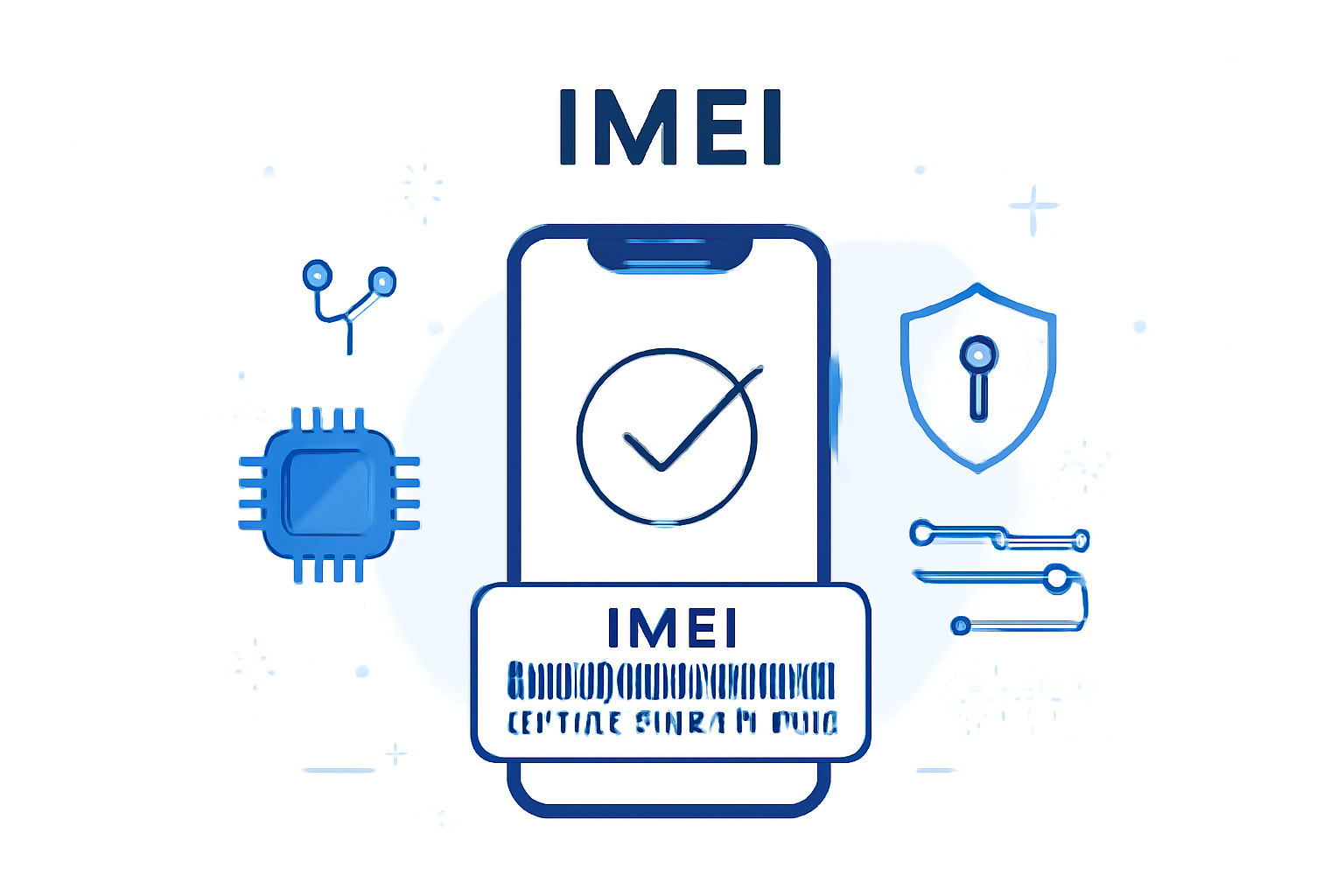Feel free to reach techsupport@surepass.io for any technical support or guidance.
IMEI

IMEI API Category
Overview
Category Details
Child Categories: None
APIs in this category: IMEI Verification
Key Capabilities
Main Functionality
The IMEI API category provides comprehensive device verification services through IMEI number validation, enabling users to authenticate devices, retrieve detailed device information, check blacklist status, and ensure regulatory compliance across various telecommunications networks globally.Device Authentication
Verify the authenticity of mobile devices by validating their IMEI numbers against manufacturer databases, helping identify counterfeit or cloned devices that may pose security risks.
Device Specifications
Retrieve comprehensive device information including manufacturer, model, device type, operating system compatibility, and technical specifications based on the IMEI number.
Blacklist Status Verification
Check if a device has been reported as lost or stolen by querying global IMEI databases, helping prevent fraud and the resale of compromised devices.
Common Use Cases
Telecommunications
E-commerce
Security & Insurance
Integration Considerations
Best Practices
Important Limitations